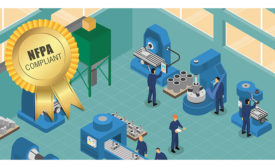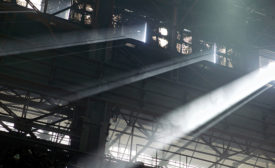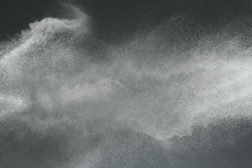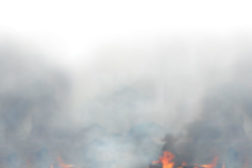Home » Keywords: » dust explosions
Items Tagged with 'dust explosions'
ARTICLES
Maintenance worker burned in flash fire
OSHA: Manufacturer had four previous fires
April 8, 2016
Document your control of Dangerous Dust
Is your facility prepared for an “upset scenario”?
May 1, 2014
Become a Leader in Safety Culture
Build your knowledge with ISHN, covering key safety, health and industrial hygiene news, products, and trends.
JOIN TODAYCopyright ©2025. All Rights Reserved BNP Media.
Design, CMS, Hosting & Web Development :: ePublishing







